Fluke Industrial Automation
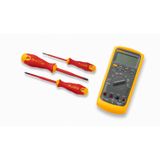


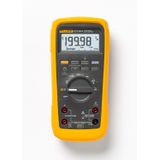
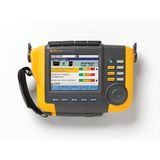

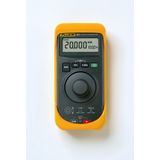
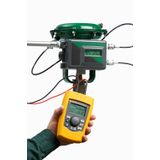

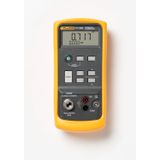


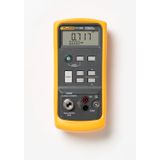


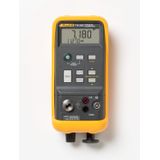


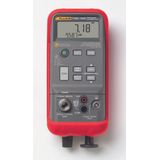

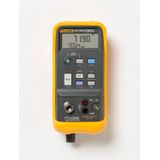
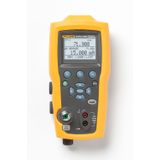
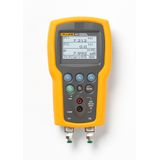
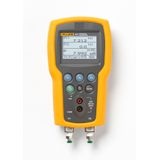


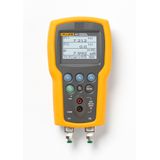


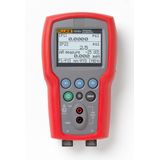

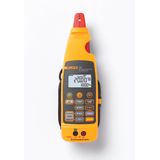


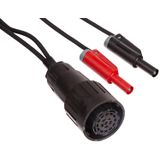
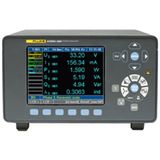

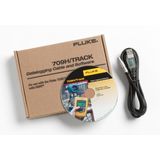

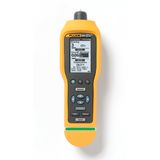
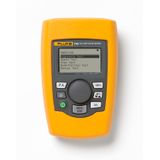
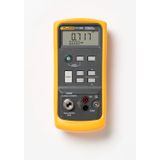


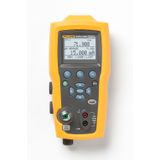
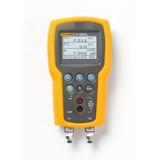

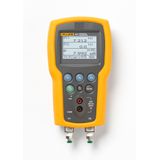

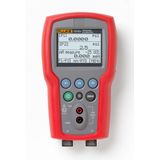

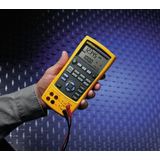
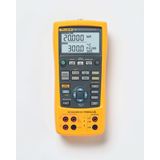
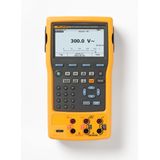
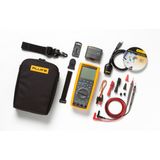

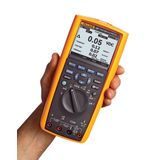
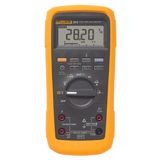

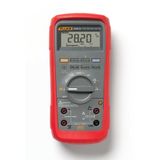
-
-
1
- 2
-
In many industrial plants and process‑controlled systems, the automation and control layer is the part that actually runs the machines, monitors conditions and interfaces with the operators. The Fluke automation and control range is oriented at that layer: condition‑monitoring systems, data acquisition, calibration, relays and interfaces sitting between sensors/actuators and higher‑level PLCs or SCADA. From experience, when you walk into a control room, you’ll usually spot a Fluke vibration monitor or temperature instrument hooked into the main cabinet rather than just a generic sensor — because reliability and traceability matter.
Fluke Industrial Control Instruments — Technical Characteristics
- Rugged design for factory environments: instruments rated for vibration, EMC immunity, industrial temperature ranges.
- Data acquisition and control support: many modules provide mA/voltage inputs, HART or field‑bus connectivity to interface with control networks.
- Calibration‑ready tools: pressure/temperature calibrators, control modules with documented traceability for quality systems.
- Condition monitoring systems: vibration, thermal or process signal monitoring that feed into predictive‑maintenance workflows
- Modular instrumentation: devices that can sit in control panels, mounted on DIN‑rail or rack, with standard form‑factors and wiring schemes.
- Control relays and interfaces: for example modules that accept sensor inputs and switch actuators or relay alarms into control logic.
- Compliance and support: global brand, full documentation, training resources and calibration services for industrial automation engineers.
When you specify Fluke control modules and automation equipment, you’re choosing hardware that’s built not just for measurement, but for control logic, integration and longevity.
Practical Use Cases for Fluke Monitoring and Control
In practice you’ll find Fluke automation accessories and control modules used in these scenarios:
- A production line in a manufacturing plant, where a Fluke vibration monitoring system is installed on a critical motor or gearbox. The output from the sensor is fed into a Fluke acquisition module which communicates with the PLC to trigger preventive shutdown if thresholds are exceeded.
- In a chemical‑process plant, a Fluke temperature control instrument monitors reactor jacket temperature and feeds into a control relay which adjusts the pump speed — providing stability under load and dynamic response.
- Maintenance teams often use Fluke condition‑monitoring systems during shutdowns to record trend data from key equipment; this data is used for failure prediction and aligns with reliability engineering programs.
- In calibration labs or field service, a Fluke calibration and control instrument (e.g., automatic pressure calibrator) ensures loops and process sensors are verified before coming online, supporting compliance
- Panel‑builders wiring a fresh control cabinet often configure Fluke automation and control modules adjacent to the PLC and followed by terminal blocks; wiring is made cleaner when the instruments share form‑factor and mounting style.
From my experience in procurement and installation, choosing the right control instrument means thinking early about integration, spare‑parts planning and service access — not just the front‑sheet spec.
Procurement Insights for Wholesale Buyers of Fluke Automation Equipment
When you’re buying Fluke automation and control systems in quantity for panel assembly, OEM builds or systems integrator stock, there are some key factors that buying teams routinely compare:
- Model type and function: e.g., is it a data acquisition module, a condition monitoring relay, or a control interface?
- Input/output configuration: number of inputs (mA, voltage, thermocouple), number and type of outputs (relay, analogue, digital), communication interface (HART, Modbus, EtherNet/IP).
- Mounting and footprint: DIN‑rail vs rack, width and depth of module, service access, spare‑slot planning.
- Support and calibration: for many Fluke instruments calibration is part of the lifecycle — procurement must check calibration interval, traceability, documentation, and supply of spares.
- MOQ and packaging: whether modules ship singly or in packs, how spares are handled, lead‑time.
- Lead‑time predictability and stock status: in automation builds a delay of one instrument can hold up the entire panel; hence inventory stability and distributor reliability count more than small price difference
- Coatibility and ecosystem: often integrators prefer standardising on one brand — if they already use Fluke tools, adding Fluke control modules saves training, consolidation of documentation, and spares.
- Future‑proofing: control modules that support firmware updates, remote connectivity, analytics or diagnostics allow extended life of the panel, fewer retrofit surprises.
From practice, you’ll usually see procurement teams giving as much weight to supplier reliability and documentation regime as they do to spec sheet numbers — especially for control‑critical gear.
Closing Note on European Distribution
Bank of Lamps functions as your European wholesale distributor for the full Fluke automation and control line‑up. With our central warehouse based in Latvia, we supply system integrators, OEMs, and panel‑builders across the UK, Germany, Netherlands, Baltics, France, Spain and Belgium. We maintain stable stock of Fluke control panels accessories, control modules, calibration instruments and data‑acquisition gear — flexible bulk quantities, consolidated shipping, and logistics that keep your project schedules on track.